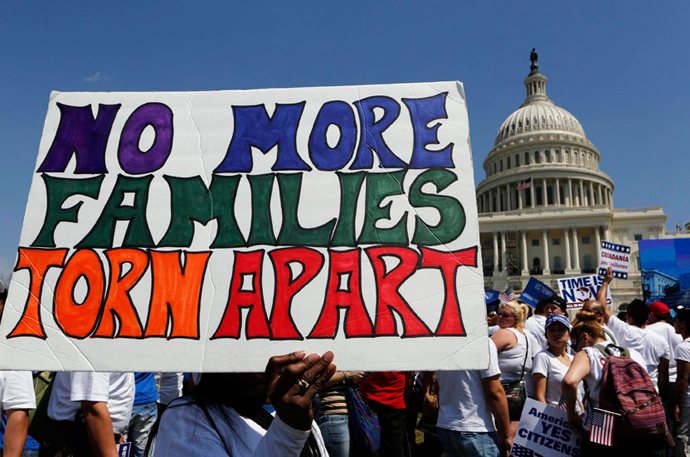
FAITH OUT FRONT
California State Capitol
Sacramento, California
West Side Steps
May 18, 2015
9:15 A.M. – 9:45 A.M.
Sponsored by our friends at the Interfaith Movement 4 Human Integrity
FAITH OUT FRONT, a public liturgy, will bring together religious leaders from throughout California to call on a Higher Power to nudge lawmakers into addressing concerns of immigrants who need protection from detention and deportation; access to housing, affordable health care, jobs with living wages, and opportunities for education.
This 30-minute vigil will include sacred music and prayers for policies and legislation that will make California a more livable state for all its residents. The intersection of Faith and Public Policy is where human progress takes place.
In these troubled and turbulent times, we need divine guidance to inspire elected officials to use their power to make life better for all the people of California. FAITH OUT FRONT calls on our lawmakers to act on behalf of families, children, men, and women who are depending on us to stand up and speak out. We believe the power of prayer and public presence of faith leaders will encourage political leaders to have courage to do what is right in God’s sight.
The following organizations and institutions will participate in FAITH OUT FRONT:
California Church IMPACT
California Council of Churches
Faith Alliance for a Moral Economy – FAME
Interfaith Center for Worker Justice, San Diego – ICWJ
Interfaith Coalition for Immigrant Rights – ICIR
Interfaith Movement for Human Integrity
Lutheran Office for Public Policy
Pacific School of Religion

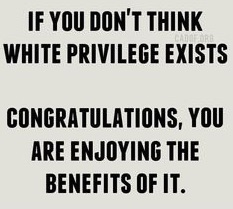
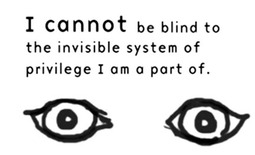
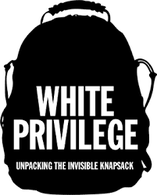
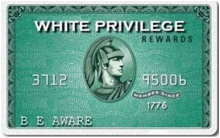
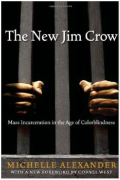
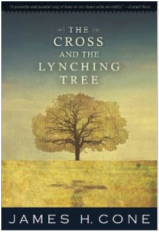
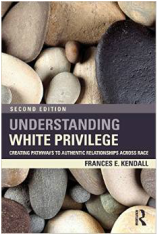
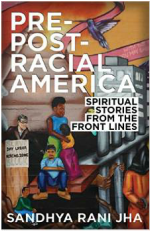

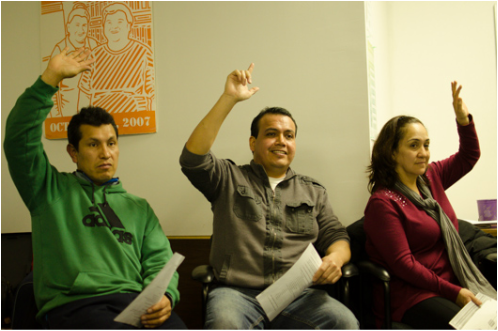
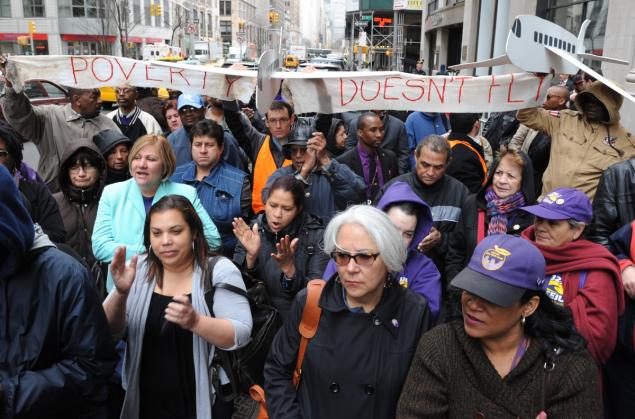
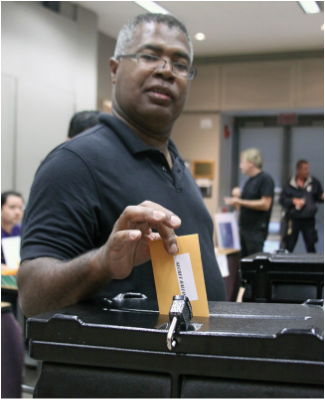
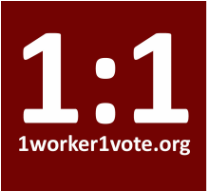
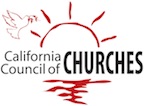
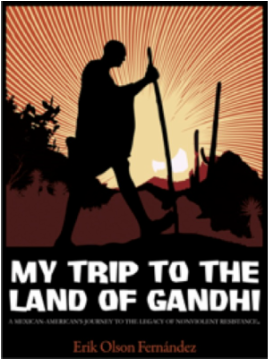

 RSS Feed
RSS Feed